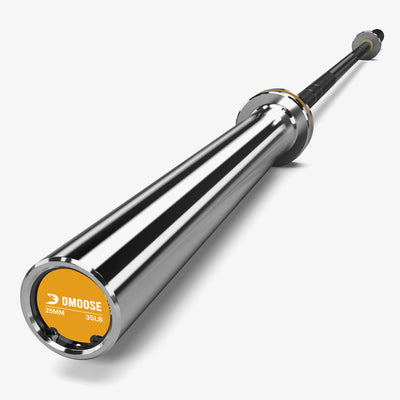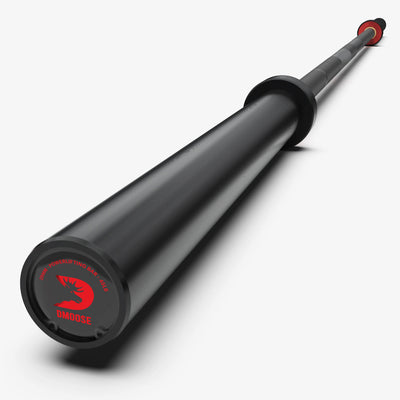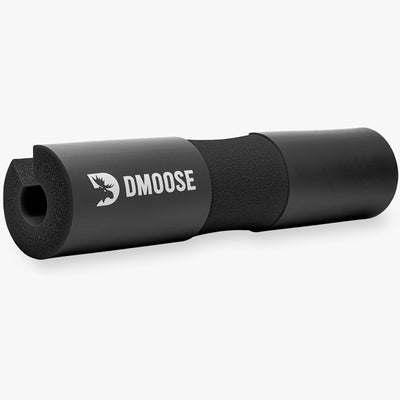Barbells play a bigger role in your training than most lifters realize. The Regional bar and Powerlifting bar may appear similar, but their design, knurling, and intended use are very different.
Each bar supports a specific lifting style, and choosing the right one can improve your performance and comfort.
Understanding the difference between Regional and Powerlifting barbells can help you train more efficiently and avoid setbacks.
This guide explores the key differences to help you find the barbell that fits your training goals.
What Is a Regional Barbell?
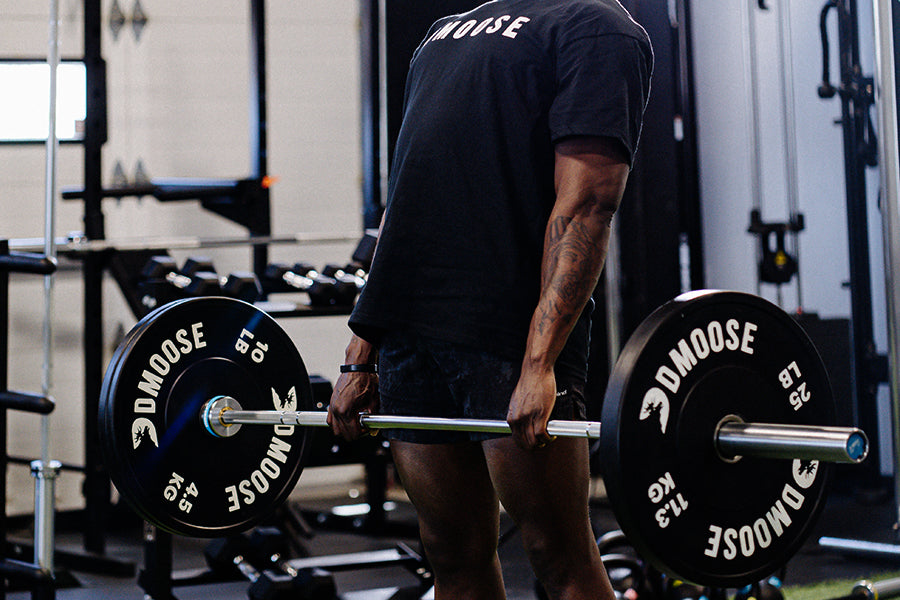
A Regional barbell is a highly adaptable bar designed for a mix of training styles, especially functional fitness and CrossFit. It supports a wide range of movements, making it a go-to choice for gyms focused on variety and volume.
This bar is ideal for Olympic-style lifts like cleans, snatches, and overhead presses. It offers a balanced feel that suits lifters who perform fast-paced, multi-rep training across multiple disciplines.
It features moderate knurling for comfort, noticeable whip for dynamic lifts, and no center knurl to prevent skin irritation during high-rep sets. It blends versatility with reliable performance.
What Is a Powerlifting Barbell?
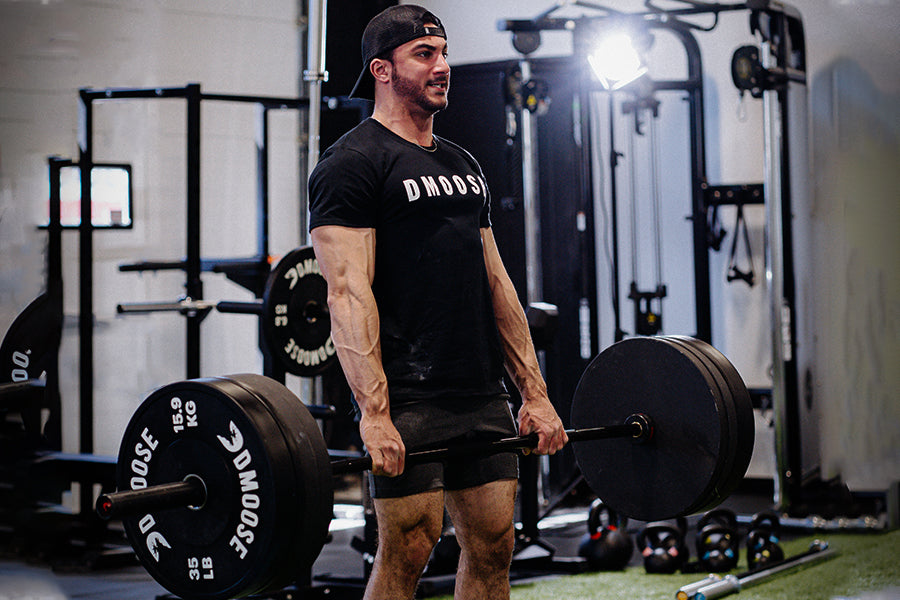
A Powerlifting barbell is built for maximum strength. It’s designed to handle the three core lifts in powerlifting: the squat, bench press, and deadlift. Its rigid construction ensures minimal bar movement under heavy loads.
The bar’s stiff shaft reduces whip, giving lifters better control during slow, heavy lifts. It also includes a center knurl, which helps the bar stay in place on your back during squats.
With aggressive knurling for a firm grip and high tensile strength for serious weight, this barbell is perfect for lifters who prioritize raw power and stability over dynamic movement.
Key Differences Between Regional and Powerlifting Barbells
While both barbells are designed for serious training, the differences in their construction can significantly impact your performance. Understanding how they vary in grip, flex, and use case will help you choose the right tool for your lifting style.
Knurling (Texture, Aggressiveness, Center Knurl)
Knurling refers to the textured pattern on a barbell that helps improve grip during lifts. Regional barbells feature moderate knurling, making them comfortable to hold even during high-repetition workouts. The grip is firm without being too harsh, ideal for exercises like cleans or thrusters where hand comfort is essential.
Powerlifting barbells, by contrast, come with aggressive knurling designed for a secure, no-slip grip during maximum-effort lifts. This makes them particularly useful for deadlifts and bench presses, where maintaining hold is critical under heavy weight. Additionally, power bars include a center knurl, which helps the bar stay in place on your upper back during squats. Regional bars typically omit the center knurl to prevent discomfort in high-rep Olympic movements.
Whip (Flexibility and Responsiveness)
Barbell whip refers to how much flex or rebound the bar has during lifts. Regional bars offer more whip, which is beneficial for Olympic-style lifts like cleans and snatches. The flex allows for smoother transitions, especially when catching the bar or moving through explosive lifts.
Powerlifting bars, on the other hand, are designed to be stiffer. Minimal whip provides greater control during slow, heavy movements such as deadlifts or squats. A stiff bar won’t bend or oscillate under load, which reduces instability and improves safety during max-effort lifts.
Tensile Strength and Load Capacity
Tensile strength indicates how much stress a barbell can handle before breaking. Both Regional and Powerlifting bars are made from high-grade steel, but power bars often have slightly higher tensile strength to support heavier loads with minimal flex.
Powerlifting bars are built to handle extreme weights repeatedly, which is why they often feature higher load capacities. Regional bars are also durable, but their construction focuses on versatility and balanced performance across various lift types rather than pure strength output.
Grip Markings and Sleeve Spin
Grip markings on a barbell help lifters place their hands consistently. Regional bars typically follow IWF (International Weightlifting Federation) markings, suited for Olympic lifts. Powerlifting bars follow IPF (International Powerlifting Federation) guidelines, which assist with positioning during bench presses and squats.
The sleeves (where the weight plates are loaded) also differ in rotation. Regional bars often use bearings or high-quality bushings to allow smoother sleeve spin, which helps during fast, technical lifts. Powerlifting bars usually feature slower sleeve rotation to keep the plates stable during controlled, heavy lifts.
Best Use Cases
Regional barbells are best suited for CrossFit athletes, Olympic lifters, or general fitness enthusiasts who perform a wide variety of lifts. They’re great for high-rep workouts, functional training, and dynamic barbell movements that demand both flexibility and speed.
Powerlifting barbells are ideal for athletes focused on strength and maximal output in the big three lifts—squat, bench press, and deadlift. If your training involves heavy loads, strict movement patterns, and competitive lifting, a power bar will provide the stability and performance needed for progress.
Choosing the Right Bar for Your Training Style
Not every barbell suits every lifter. To make the most of your workouts, it’s important to choose a bar that aligns with your environment, goals, and experience level.
Gym Type: Your training environment plays a major role in your decision. Home gyms often require more versatile equipment due to space and budget constraints. A Regional barbell is typically a better fit here, offering functionality for a wide range of lifts. In contrast, commercial gyms usually provide dedicated equipment for specific disciplines, allowing room for a more specialized Powerlifting bar if your workouts demand it.
Training Goals: Consider your primary objective. If you're aiming for general strength, metabolic conditioning, or Olympic lifting-style workouts, a Regional barbell offers the flexibility you need. For those focused on building max strength and preparing for powerlifting meets, a Powerlifting bar with its stiffer shaft and aggressive knurling provides the support required to lift heavy with confidence.
Experience Level: Beginners tend to benefit from a more forgiving bar like the Regional option, which has moderate knurling and whip for safer handling during varied movements. Advanced lifters, especially those who specialize in heavy, compound lifts, will find a Powerlifting bar better suited to their needs due to its stability and precision.
Frequency and Intensity: If you train several times a week across multiple disciplines, the versatility of a Regional bar makes it a practical and reliable choice. However, for high-frequency, high-load powerlifting routines, a dedicated Power bar offers the durability and control required for consistent performance under strain.
Common Mistakes When Choosing a Barbell
Barbells may look similar, but making the wrong choice can limit your progress and cause unnecessary frustration. Here are common pitfalls to avoid when selecting one for your training needs.
Choosing Based on Price Alone: A lower price tag might seem attractive, but it often comes with compromises in quality, durability, and performance. Cheaper bars may bend easily, wear down faster, or lack the features needed for your specific lifts. Investing in a quality barbell upfront can save you from costly replacements later.
Ignoring Knurling Comfort or Aggressiveness: Knurling directly impacts your grip and comfort. Some lifters unknowingly choose bars with overly aggressive or too light knurling, leading to blisters, grip fatigue, or poor performance. It's important to choose the right knurling texture based on your training volume and grip strength.
Not Accounting for Bar Whip: The amount of whip a bar has affects the way it behaves during dynamic or heavy lifts. Using a highly flexible bar for slow, heavy lifts can feel unstable, while using a stiff bar for explosive lifts can hinder speed and comfort. Matching whip to your training style improves both safety and efficiency.
Overlooking Long-Term Use and Coating: Many lifters don’t consider how a barbell will hold up over time. A poor coating can rust or chip with frequent use, especially in humid or garage gym environments. Look for protective finishes like black oxide or hard chrome that preserve both appearance and function.
FAQs
Can I use a Regional bar for powerlifting?
Yes, a Regional bar can be used for powerlifting movements like squats, bench press, and deadlifts. However, it may not provide the same stiffness, aggressive knurling, or load stability as a Powerlifting bar, especially during heavy max-effort lifts.
Is the Powerlifting bar too aggressive for beginners?
Powerlifting bars often have more aggressive knurling, which some beginners may find uncomfortable. While it’s not a deal-breaker, those new to lifting may prefer a Regional bar to ease into strength training with more grip comfort and flexibility.
What barbell should I get if I train at home?
For most home gym users, a Regional barbell is the better option. It offers greater versatility, handles a variety of lifts well, and usually comes with moderate knurling and decent whip, ideal for general training routines in limited space.
How long does a barbell typically last?
With proper care, a high-quality barbell can last 10 years or more. Factors like usage frequency, environment (humidity, temperature), and bar coating will affect its longevity. Regular cleaning and storage off the ground help extend its life.
What’s the difference between barbell whip and stiffness?
Whip refers to a bar’s flexibility and its tendency to flex under load, which is useful in explosive lifts. Stiffness means minimal flex, offering more control during slow, heavy lifts. Regional bars offer more whip, while Powerlifting bars are designed to be stiffer.
Conclusion
Choosing the right barbell is more than a matter of preference, it’s a decision that directly impacts your progress, comfort, and safety. Whether you value the versatility of a Regional bar or the specialized support of a Powerlifting bar, understanding their unique features helps you make a more informed investment in your training.
Take the time to assess your goals, lifting style, and environment before making your choice. The right bar doesn’t just support your lifts, it supports your journey to becoming stronger, more consistent, and more confident with every rep.






